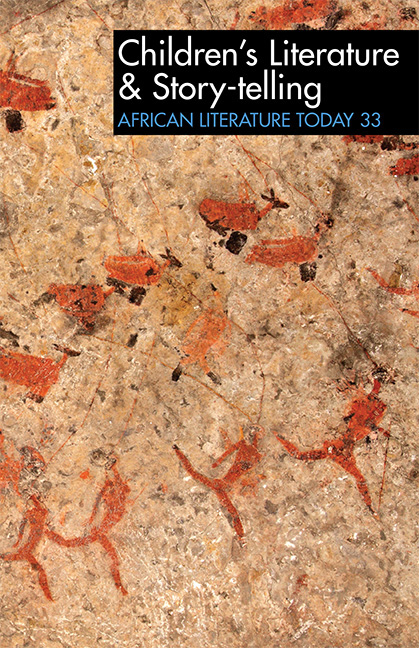Ifeoma Onyefulu: Author & Photographer of Children’s Books
Published online by Cambridge University Press: 22 May 2021
Summary
In mid-March 2014, the New York Times published two op-eds – ‘Where Are the People of Colour in Children's Books?’ and ‘The Apartheid of Children's Literature’. Walter Dean Meyers and his son Christopher Myers (both prolific children's and young adult authors) were responding to a new study by the Cooperative Children's Book Center at the University of Wisconsin. Over the past 18 years, from 1994–2012, the Center found that only 10% of children's books contain multicultural content, whereas 37% of the US population are people of colour. The actual trend is slowly sliding down: in 2008/12% of children's books had multicultural content; in 2009, 11%; in 2010 and 2011, 10%; and in 2012, 9%. However, the projected US population for 2060 (50 years hence) will be 57% people of colour. What are the actual numbers of children's books published? In 2013, the Center looked at 3,200 children's books and only 93 of them were about black people. Most of those were about slavery, the Civil War and the Civil Rights Movement – all important times in US history, but almost none showed black kids having the kind of daring adventures or finding the love of princes (ccbc.education.wisc.edu/books/2014statistics). Ashley Samsa goes further to discuss the consequences for young minority children:
This is a problem for young children of colour, to be sure. Instead of seeing images of themselves on the pages, they are forced to split their consciousness and filter their dreams and ambitions through white protagonists while understanding that their underrepresentation holds certain messages for them – namely that it's the white kids that get to have all the fun. However, this is a problem for white children, as well; by not seeing diversity among children's books, they learn other unconscious messages; for example, that black kids are only interested in slavery and civil rights. Just like feminism is important for young boys, diversity is important for white kids, too. (care2.com/causes/children-of-color-need-to-see-themselves-in-books retrieved March 2014)
Over a decade earlier a young African photographer raising two sons in London realized the gap in multicultural books for her children growing up in UK:
I began writing for children because I wanted to show [my son] the Africa I grew up in, and its culture. (http:biography accessed March 2014)
- Type
- Chapter
- Information
- ALT 33 Children's Literature & Story-tellingAfrican Literature Today, pp. 130 - 140Publisher: Boydell & BrewerPrint publication year: 2015



